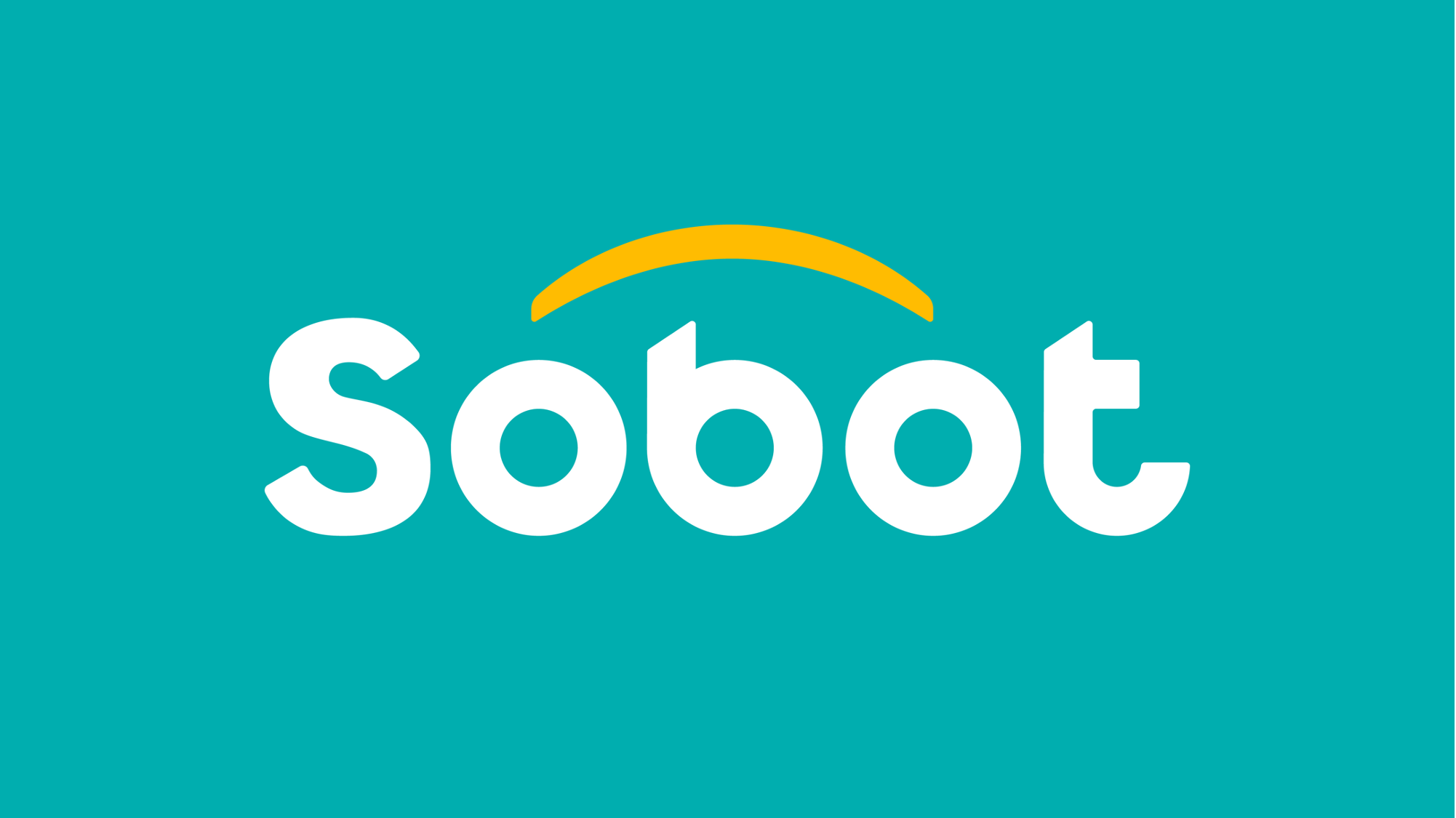Choosing the right call center software is a crucial decision for any business aiming to improve customer service and operational efficiency. One of the most common questions companies ask is: how much does call center software cost? The answer varies widely depending on features, deployment type, user requirements, and vendor pricing models. This article breaks down the factors that affect call center software costs and what you can expect when budgeting for a solution.
Factors Influencing Call Center Software Costs
The price of call center software depends on several key factors, including:
- Deployment Model
Cloud-Based Software: Most modern call centers prefer cloud-based solutions, which usually operate on a subscription model. Costs are often monthly or annual and include hosting, maintenance, and updates. Cloud software offers scalability and lower upfront expenses.
On-Premise Software: This model requires purchasing licenses and installing the software on your own servers. It involves higher upfront costs for hardware and setup, plus ongoing maintenance and support fees.
- Number of Users and Seats
Call center software pricing often depends on the number of agents or users. Larger teams require more licenses, which increases the cost. Some vendors charge per user per month, while others offer tiered pricing based on user count.
- Features and Functionality
The range of features significantly impacts cost. Basic packages may include call routing, automatic call distribution (ACD), and reporting. More advanced plans offer:
Omnichannel support (chat, email, social media)
Interactive Voice Response (IVR)
Customer Relationship Management (CRM) integration
AI-powered automation and analytics
Workforce management tools
Businesses that require advanced features should expect higher pricing.
- Customization and Integration
Tailoring the software to your specific workflows or integrating it with existing systems like CRMs or help desks can add to the cost. Custom development or professional services fees may apply.
- Support and Training
Quality customer support and training resources might be included in subscription plans or offered as add-ons. Premium support can increase overall expenses but is often worth the investment.
Typical Pricing Ranges for Call Center Software
While pricing varies by provider, here are general cost expectations:
Basic Cloud-Based Solutions: $20 to $50 per user per month
Suitable for small to medium-sized businesses with essential features.
Mid-Tier Plans: $50 to $100 per user per month
Includes additional functionalities like omnichannel support and CRM integrations.
Enterprise-Level Solutions: $100+ per user per month
Advanced customization, AI tools, analytics, and dedicated support.
On-premise software costs are more variable and often require a significant upfront investment ranging from several thousand to tens of thousands of dollars, depending on scale.
How to Choose the Right Call Center Software Within Your Budget
Assess Your Needs: Identify must-have features and expected call volumes.
Compare Vendors: Request demos and pricing quotes from multiple providers.
Consider Scalability: Choose solutions that grow with your business.
Factor in Total Cost of Ownership: Include installation, training, and support costs.

Conclusion
The cost of call center software varies based on deployment, number of users, features, and vendor services. Understanding these factors helps businesses budget effectively and select a solution that balances functionality with affordability. Whether you’re a small business or a large enterprise, investing in the right call center software is essential for delivering excellent customer service.
For enterprises seeking cost-effective and scalable call center software, Sobot offers a flexible pricing model with a range of features including AI-powered automation, omnichannel support, and real-time analytics. Sobot’s user-friendly platform is designed to fit various business sizes and budgets, making it a reliable choice for enhancing customer engagement without overspending.


